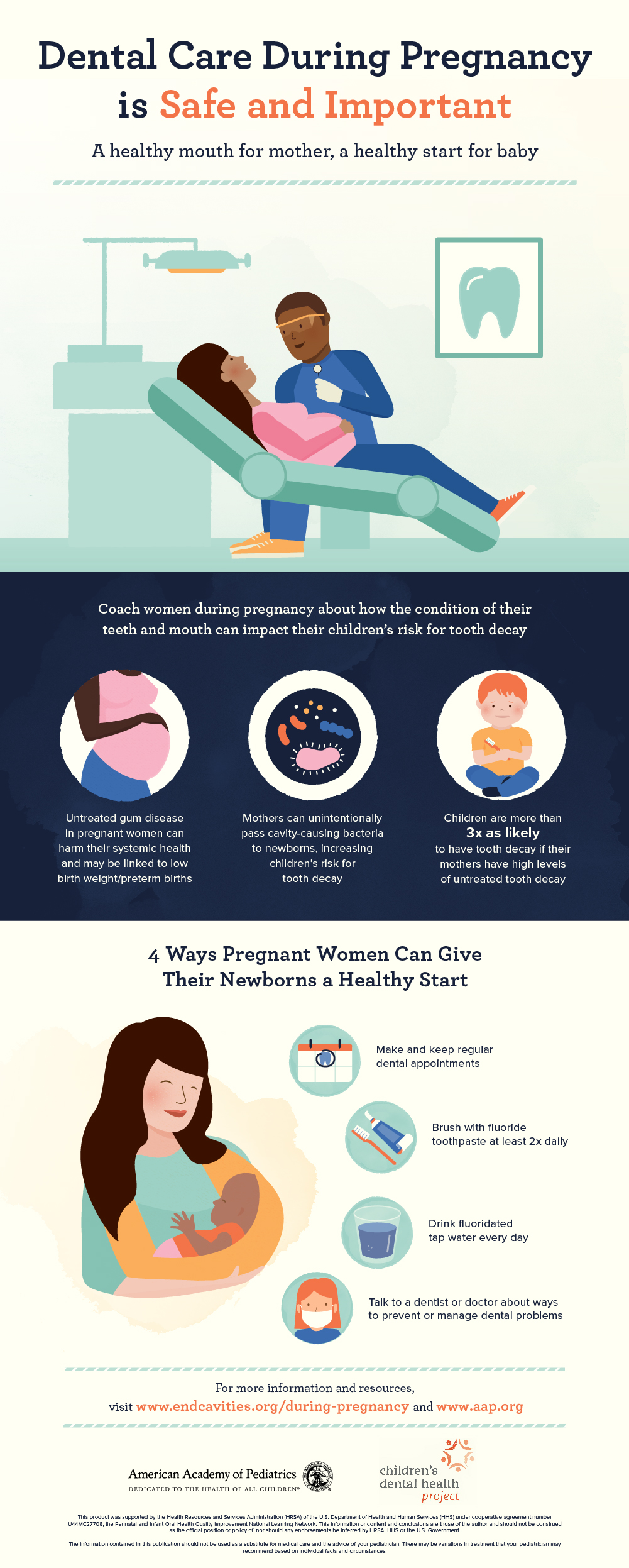A Comprehensive Contrast In Between Invisalign And Traditional Braces
A Comprehensive Contrast In Between Invisalign And Traditional Braces
Blog Article
Web Content By-Obrien Vargas
When faced with the choice in between Invisalign and traditional braces, you might question which choice lines up better with your lifestyle and choices. The option includes more than just the visual allure; it delves into aspects like treatment period, convenience, and long-lasting oral health and wellness effects. Think about the effect each alternative might have on your everyday routine and self-confidence. As we discover the extensive contrast, you'll get understandings right into the nuances that make these orthodontic therapies unique and find which one may be the far better fit for you.
Products and Building
When comparing Invisalign to typical dental braces, the products and building and construction differ significantly. Invisalign consists of clear, smooth plastic aligners customized to fit your teeth. These aligners are virtually undetectable, making them a popular selection for those seeking a much more very discreet orthodontic treatment.
On the other hand, standard braces involve metal braces that are glued to your teeth. These brackets are after that linked by wires and rubber bands, using pressure to gradually change your teeth into the preferred setting.
The building and construction of Invisalign aligners enables a much more comfortable fit compared to standard braces. The smooth plastic material decreases inflammation to your cheeks and periodontals, which is a typical concern with steel brackets and cords. Furthermore, Invisalign aligners are removable, making it much easier to comb and floss your teeth with no obstructions.
On the other hand, traditional braces are fixed onto your teeth, calling for added care and time for appropriate maintenance.
Maintenance and Oral Hygiene
The maintenance and dental health practices vary between Invisalign and conventional dental braces as a result of their special style and building.
With Invisalign, you can eliminate the aligners when consuming or brushing your teeth, allowing you to maintain your routine dental health regimen with no blockages. It's critical to brush your teeth after consuming prior to putting the aligners back on to prevent food fragments from getting caught and causing decay.
On the other hand, conventional dental braces require added focus to maintain your teeth clean. Food particles can easily obtain embeded the braces and wires, leading to plaque build-up and prospective tooth decay. You'll need to utilize special tools like interdental brushes or floss threaders to tidy between the cords and braces successfully.
Routine oral check-ups and cleanings are essential to make certain that your dental hygiene is in leading condition while wearing typical dental braces.
Visibility and Aesthetics
Visibility and looks play a significant function in the comparison in between Invisalign and traditional dental braces. When it involves appearance, Invisalign offers a clear benefit over traditional braces. Invisalign aligners are basically unnoticeable, making them a popular choice for those who like a much more discreet orthodontic therapy alternative.
Unlike the obvious metal brackets and cords of conventional braces, Invisalign aligners are transparent and blend in with your all-natural teeth, enabling you to grin with confidence throughout your treatment.
Standard braces, on the other hand, are much more conspicuous due to their steel elements. While some might go with vibrant bands to individualize their dental braces, others may feel uncomfortable about the presence of these orthodontic home appliances. The popular appearance of traditional braces can sometimes impact an individual's self-confidence, especially for grownups in professional setups.
Final thought
Finally, when choosing in between Invisalign and conventional dental braces, consider your way of life and preferences. Invisalign offers a discreet and comfortable choice with easy maintenance, while traditional dental braces provide colorful modification yet may influence self-worth.
Eventually, the choice must be based on what works best for you in terms of aesthetics, ease, and convenience. Make after tooth extraction to talk to your orthodontist to figure out the most suitable therapy for your individual requirements.
